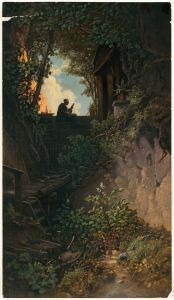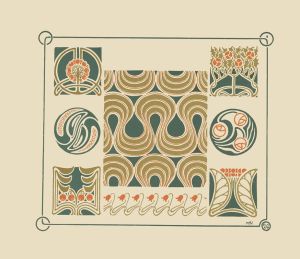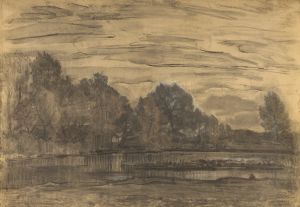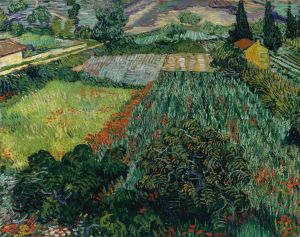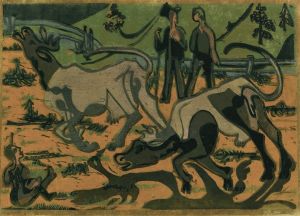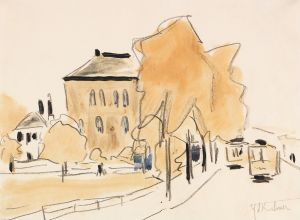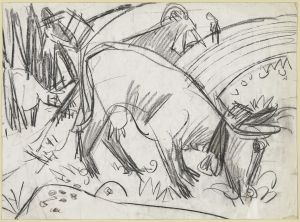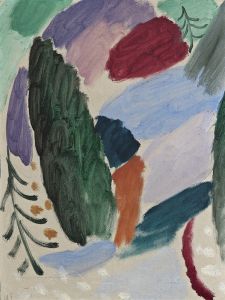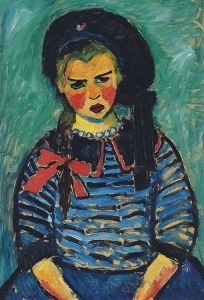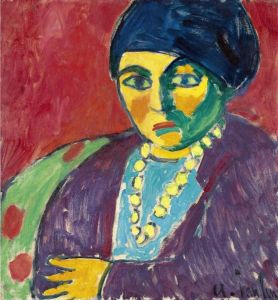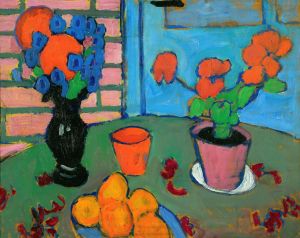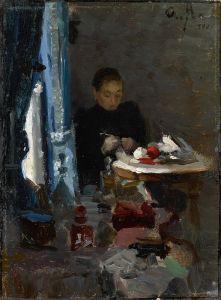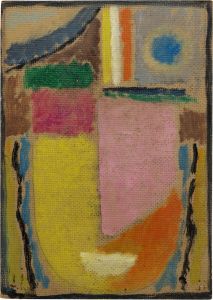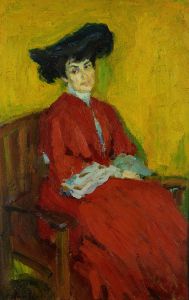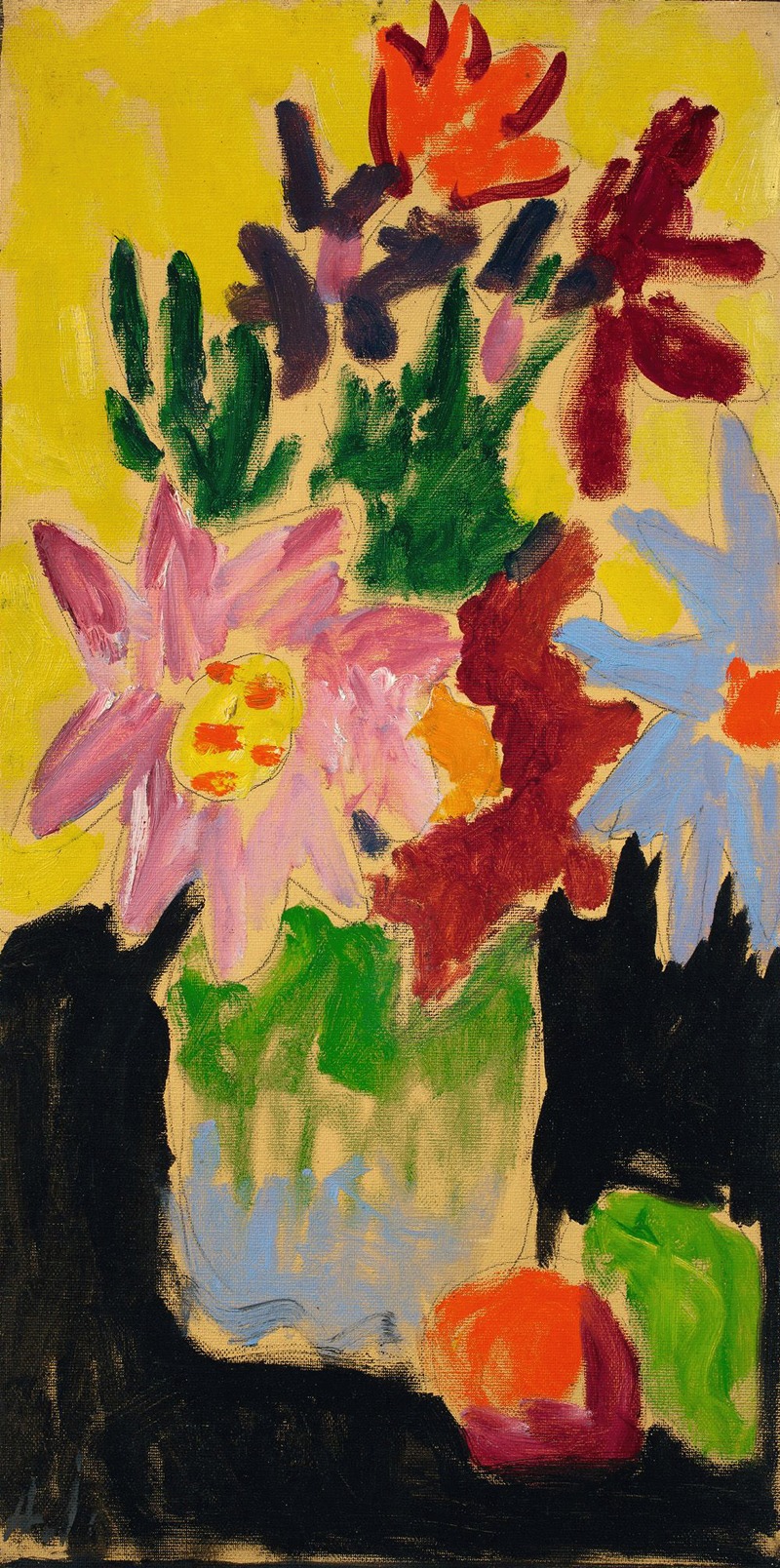
Bunte Blumen
A hand-painted replica of Alexej von Jawlensky’s masterpiece Bunte Blumen, meticulously crafted by professional artists to capture the true essence of the original. Each piece is created with museum-quality canvas and rare mineral pigments, carefully painted by experienced artists with delicate brushstrokes and rich, layered colors to perfectly recreate the texture of the original artwork. Unlike machine-printed reproductions, this hand-painted version brings the painting to life, infused with the artist’s emotions and skill in every stroke. Whether for personal collection or home decoration, it instantly elevates the artistic atmosphere of any space.
"Bunte Blumen" (translated as "Colorful Flowers") is a painting by the Russian-born artist Alexej von Jawlensky. Jawlensky was a prominent figure in the early 20th-century expressionist movement and was associated with the Blue Rider (Der Blaue Reiter) group, which included other notable artists such as Wassily Kandinsky and Franz Marc.
Alexej von Jawlensky was born on March 13, 1864, in Torzhok, Russia, and he initially pursued a military career before turning to art. He studied at the Academy of Fine Arts in St. Petersburg and later moved to Munich, Germany, where he became deeply involved in the avant-garde art scene. Jawlensky's work is characterized by its bold use of color and form, often focusing on portraits and still lifes.
"Bunte Blumen" is a still life painting that exemplifies Jawlensky's mature style, which is marked by vibrant colors and simplified forms. The painting features a bouquet of flowers rendered in a highly stylized manner, with an emphasis on the interplay of colors and shapes rather than realistic representation. This approach reflects Jawlensky's interest in the spiritual and emotional power of color, a key tenet of the expressionist movement.
The exact date of "Bunte Blumen" is not definitively known, but it is believed to have been created during the 1910s or 1920s, a period when Jawlensky was exploring the expressive potential of color and form. During this time, he developed a series of works that focused on the theme of flowers, which allowed him to experiment with different color combinations and compositional arrangements.
Jawlensky's work was influenced by his interactions with other artists and movements of the time, including the Fauves and the Nabis. His use of bold, unmodulated colors and simplified forms can be seen as a response to the works of Henri Matisse and Paul Gauguin, among others. However, Jawlensky's unique vision and spiritual approach to art set him apart from his contemporaries.
"Bunte Blumen" is a testament to Jawlensky's belief in the transformative power of art. He saw his paintings as a means of conveying deeper spiritual truths and emotions, and he often spoke of his work in mystical terms. For Jawlensky, the act of painting was a form of meditation and a way to connect with the divine.
Today, "Bunte Blumen" and other works by Jawlensky are held in various public and private collections around the world. His contributions to the expressionist movement and his innovative use of color and form have earned him a lasting place in the history of modern art. Jawlensky's legacy continues to be celebrated through exhibitions and scholarly research, ensuring that his vibrant and emotive works remain accessible to new generations of art lovers.





